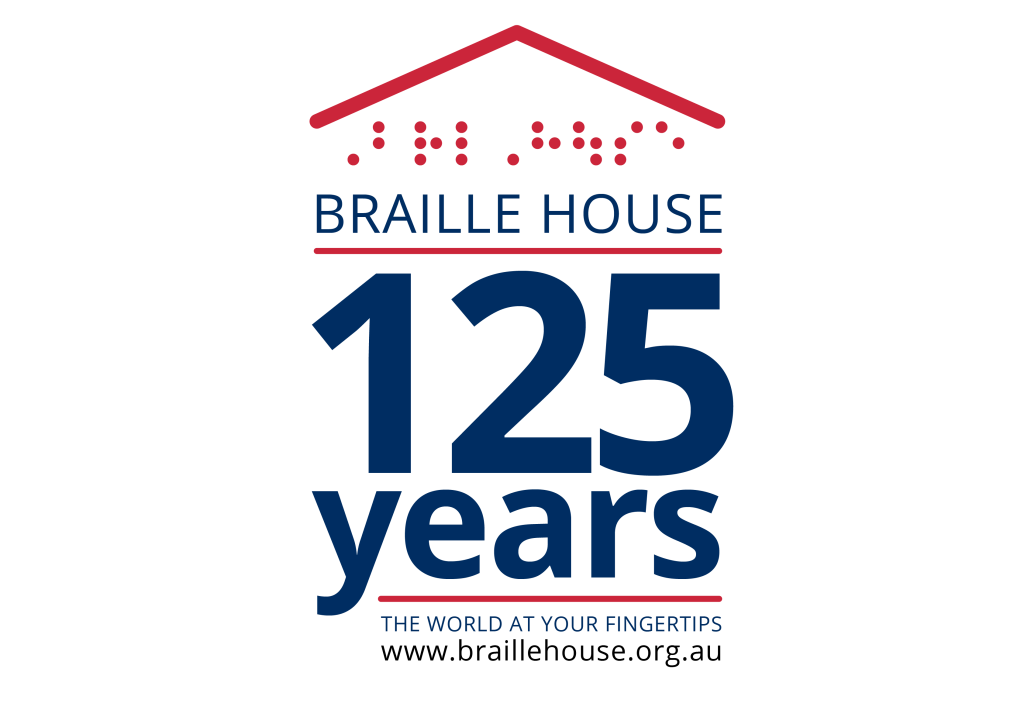
125 years ago, on March 23rd 1897, a group of ladies met at the rooms of Mr H. J. Oxley in the Telegraph chambers in Brisbane to form the Queensland Braille Writing Association, with the purpose of transcribing books into braille for the blind of Queensland.
The first book that was transcribed into braille was Hans Christian Andersen’s Fairy Tales. The printed book was separated into parts and distributed to several transcribers to hasten the completion.
The Queensland Braille Writing Association has now grown into Braille House and we continue the important work of transcribing books into braille for people who are blind or have low vision. We also tutor in braille and moon and we provide all types of braille, moon, large print, maps and more.
As Braille House celebrates 125 Years of producing and providing tactual literacy, it is as important as it ever has been to ensure that reading and writing (literacy) is at the top of any any educational agenda.
Braille is addressing community needs by having a significant and positive impact on literacy. Reading and writing are the fundamentals of education and without these basic foundations, individuals would be disadvantaged.
For every 100 books a sighted child has access to, a blind child only has access to 5.
Source: International Library Association
Around 1 in 6 (18%) people in Australia—or about 4.4 million—have disability.
Braille House is providing critical services to Australians, not just those with low or no vision, but also the wider community through better integration and providing an environment where people with low or no vision can grow and flourish.
Braille is essential for literacy among the blind. A recent study published in the Journal of Blindness Innovation and Research (2018) found that braille literacy is uniquely associated with well-being and self-esteem among legally blind adults. Participants who learned braille early in childhood reported the highest well-being levels.
At Braille House we are empowering blind and vision impaired learners by providing the tools to be literate. We know that any child (sighted or otherwise) who is reading at a basic level should be able to understand common words and answer simple questions about the information presented. They should also have enough fluency to get through the material in a timely manner. Over the course of a child’s education, these foundations are built on to teach higher levels of math, science, and comprehension skills. Literacy also enables children and adults to develop their own voice to make decisions and form opinions which is critical to navigate life, to integrate socially, to find their clan, as well as to achieve their life’s goals – whatever they may be.